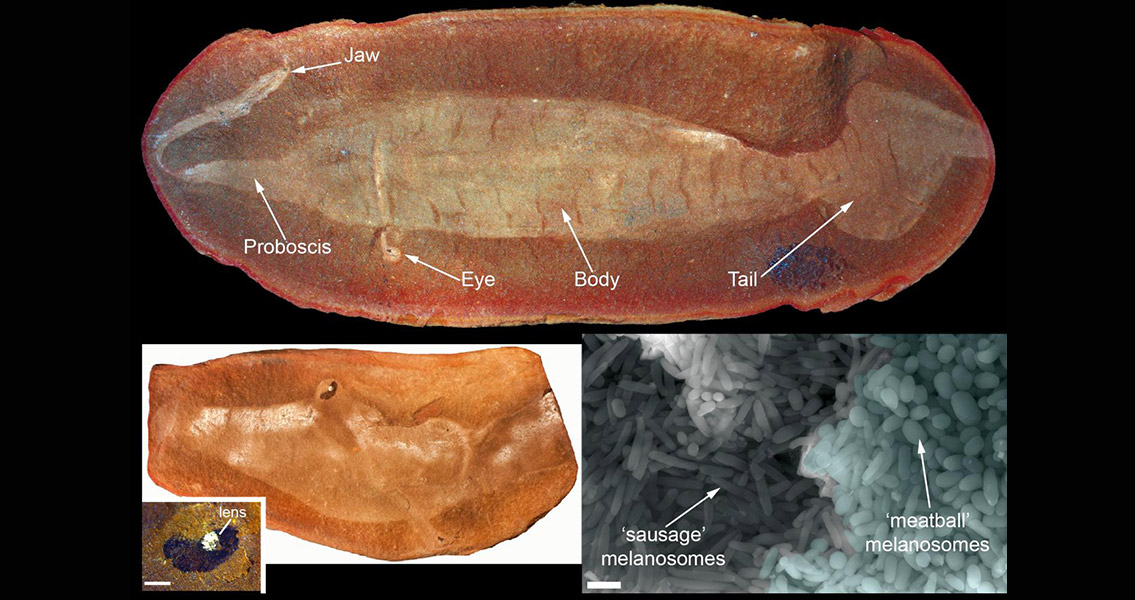<![CDATA[The so-called Tully Monster – a 300 million year old beast known for its bizarre appearance – was likely a vertebrate, according to new research into its fossilized remains. Remains of the mysterious creature, also known by its scientific name of Tullimonstrum gregarium, have been found exclusively in the state of Illinois, deep in its coal quarries. The bizarre visage of the Tully Monster – with its long, eel-like body, fins on its tail resembling that of a squid’s back end, and long, tentacle-like neck ending in a mouth reminiscent of a crab claw – has captured the imaginations of scientists and cryptozoologists alike. Because of the strange agglomeration of body parts – which included a pair of stalks that ended in blob-like ovals thought to have been eyes – researchers have been flummoxed as to how to classify the Tully Monster. However, the new research study, headed by University of Leicester PhD student Thomas Clements, managed to reveal some of T. gregarium’s secrets, specifically by investigating those strange eye stalks. In a university press release, Clements recounted how it was the distinctiveness of those stalked structures that inspired the study. Bizarre anatomy in a fossil makes it difficult to choose a starting point, the PhD student added, which led the research team to focus on what they thought was the most interesting feature of the Tully Monster. The idea panned out in a big way. The researchers, who joined forces with colleagues from the University of Texas in Austin and the University of Bristol, found that the dark blobs at the ends of those stalks were composed of microscopically small granules, hundreds of thousands of them, and they were identical chemically and physically to melanosomes, organelles instrumental in the creation and storage of melanin. Almost every animal is capable of producing this pigment, according to the University of Bristol’s Dr. Jakob Vinther, who was also involved in the study. Melanin is instrumental in the wide range of hair and skin color in humanity, for instance; however, it’s also found in the eyes of a large number of animals, where it plays a role in blocking excess light from entering the eye, and allowing a clear visual image to form. What this means for the Tully Monster – finding melanosomes in such high concentrations in the two terminal bulbs on its stalks – is that it has been conclusively proven that the dark blobs were eyes. The team also found that there were two differently-shaped melansomes in the Tully Monster’s eyes. This is a characteristic found exclusively in vertebrates. In other words, not only has it been proven that T. gregarium had eyestalks but also that it was indeed a vertebrate, unlike previous research that suggested the Tully Monster lacked a backbone. These new revelations – the fact that the Tully Monster had rather good vision and that it was indeed a vertebrate – suggest that the animal might have been a fish. A rather bizarre fish, Thomas commented, but a fish nonetheless. The research study, which was published in the journal Nature, can be found online here Image courtesy of University of Leicester]]>
New Research Reveals “Tully Monster” Was a Vertebrate
